50mm F1.4
DG HSM
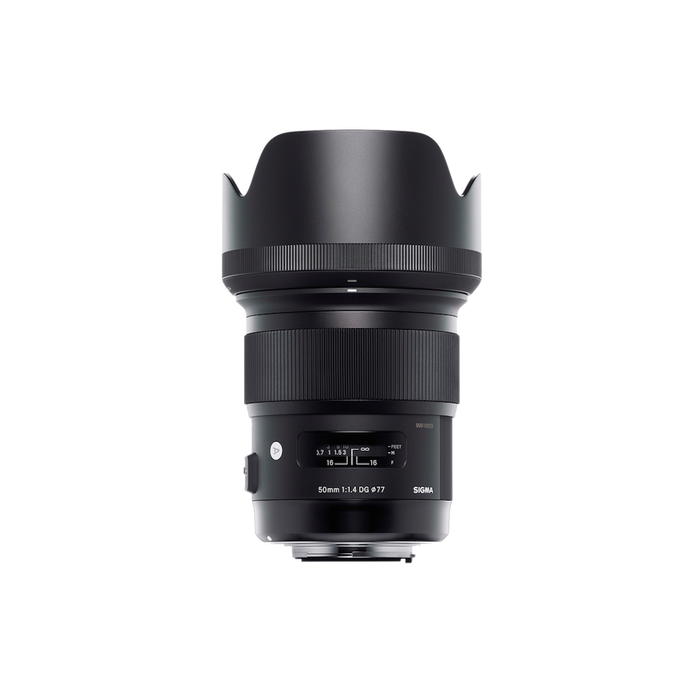

- Completely redesigned and reengineered
- Exceptional Image Quality
- Incredible focal point sharpness when wide open
- Pairs well with Pro-Level DSLR’s
- MTF A1-tested
- Front & rear lens caps and lens hood included
- Made in Japan
AWARDS
|
HOT ONE |
2014 |
|
POP AWARDS |
2014 |
|
IMAGING RESOURCE |
2014 |
| Angle of view | Standard |
|---|---|
| Camera Type | DSLR |
| Lens Mount | L-Mount, Sony E-mount |
| Sensor Size | Full Frame |
| Construction | 13 Elements in 8 Groups |
| Angle of view | 46.8° |
| Number of diaphragm blades | 9 (rounded diaphragm) |
| Minimum aperture | F16 |
| Minimum focusing distance | 40 cm |
| Maximum magnification ratio | 1:5.6 |
| Filter diameter | 77mm |
| Dimensions (diameter x length) | Sigma SA-mount ⌀ 85.4 mm x 99.9 mm |
| Weight (g) | Sigma SA-mount 815 g |
| Edition number | A018 |
| Supplied Accessories | Lens Hood LH830-02, Front Cap LCF-77mm III, Rear Cap LCR II, Case LS-311L (EO, NA, SA), Case LS-588K (SE, TL) |
| Accessories | Mount Converter MC-11, Mount Converter MC-21, USB-dock UD-01, USB-dock UD-11, WR Ceramic Protector Filter 77mm, WR Protector Filter 77mm, C-PL FIlter 77mm |
| EAN-code | L-mount 085126311698 |
| Specifications Info | * This product is developed, manufactured and sold based on the specifications of E-mount which was disclosed by Sony Corporation under the license agreement with Sony Corporation. |
Offering the best 50mm F1.4 performance in the history of photography,this is the ultimate standard lens
Putting all of our largeaperture lens development know-how into this lens, we’ve minimized optical aberrations and achieved the very highest level of optical performance.
A 50mm F1.4 large-aperture lens offers an angle of view similar to human vision, a beautiful bokeh effect, and expressive versatility. It’s a basic specification that lets photographers take many different approaches to their craft. For this very reason, it demands a high level of fundamental performance. Sigma has designed lenses especially for digital SLRs since they first appeared on the market. In 2008, we first introduced the Sigma 50mm F1.4 EX DG HSM. Although compared to the lenses of today it had a fairly large body, this lens offered uncompromising performance and embodied our ideal of the standard lens. Until this time, only camera manufacturers had produced a lens in this specification for DSLRs. Our version of this go-to lens created quite the stir at first. Earning the support of photographers with its exceptional performance, it has become one of our representative lenses. The Sigma F1.4 DG HSM fulfills our design concept and quality requirements at the highest level. While producing a beautiful bokeh effect, it features exceptional peripheral brightness and minimal distortion. Uncompromising in every detail, this large-aperture standard lens offers the ultimate in image quality. Its high resolution makes it perfect for the high-megapixel era. Resolution is extremely crisp at the area in focus, while both front and rear bokeh are silky-smooth. Offering the ultra-high performance that characterizes our Art line, this lens inherits the design principles of the line’s first model, the flagship Sigma 50mm F1.4 DG HSM.
High resolution plus outstanding bokeh
While maximizing resolution at the area in focus, this lens offers a silky-smooth bokeh affect to the front and rear. To achieve exceptionally crisp resolution, we have minimized sagittal coma flare, chromatic aberration, and every other type of optical aberration that affects image quality. The result is minute detail without bleeding or streaking, even at wide-open aperture. Moreover, we have also minimized both vignetting and color streaking to the front and rear of the area in focus, thereby establishing a bokeh effect that is natural and aesthetically pleasing.
Minimized sagittal coma flare
An ideal large-aperture standard lens offers outstanding image quality across the image plane, even at wide-open aperture. Sagittal coma flare is an optical aberration in which point light sources near the image periphery have a tail (“coma”) instead of appearing round. To minimize this aberration, we have included a precision-molded aspheric lens element in the rearmost lens group. Since it minimizes the streaking of point light sources near the edge of the image, this lens is an excellent choice for shooting heavenly bodies and nighttime illumination. In addition, its beautiful bokeh effect makes it a great go-to lens for portraits, interior shots, and many other applications.
Minimized axial chromatic aberration
Axial chromatic aberration is difficult to correct after a photograph is taken using image processing software. For this reason, this lens features SLD (Special Low Dispersion) glass to minimize axial chromatic aberration and deliver sharp, high-contrast image quality throughout the frame.
The finest in materials, usability and functionality
A refined, integrated design made with the photographer in mind.
All lenses in Sigma’s new Art line come with a hood with a high-quality rubberized connector and feature a newly designed lens cap and AF/MF switch, and are designed for intuitive use and superior functionality. Inside, HSM (Hyper Sonic Motor) delivers high AF speed and extremely quiet performance. An enhanced algorithm offers even smoother automatic focusing. Full-time manual focus override is another key feature that leaves the artistic touches in the photographer’s hands. The brass mount combines high precision with rugged construction. Its treated surfaces and enhanced strength contribute to the exceptional durability of the lens. In both the external and internal parts, the optimized use of TSC (Thermally Stable Composite), an excellent match for metal parts, further contributes to the high-precision construction of the lens. In addition, the last three digits of the year the lens was offered for sale are engraved on the barrel for ease of reference.


HSM(Hyper Sonic Motor)
HSM (Hyper Sonic Motor) delivers high AF speed and extremely quiet performance. An enhanced algorithm offers even smoother automatic focusing. Optimizing AF algorithm, smoother AF is achieved. Also, new firmware offers full-time MF function by rotating the focus ring of the lens while auto focusing. Without changing the AF/MF Focus Mode Switch, it allows faster focus adjustment.
* The default setting of Full-time MF function varies for each mount.
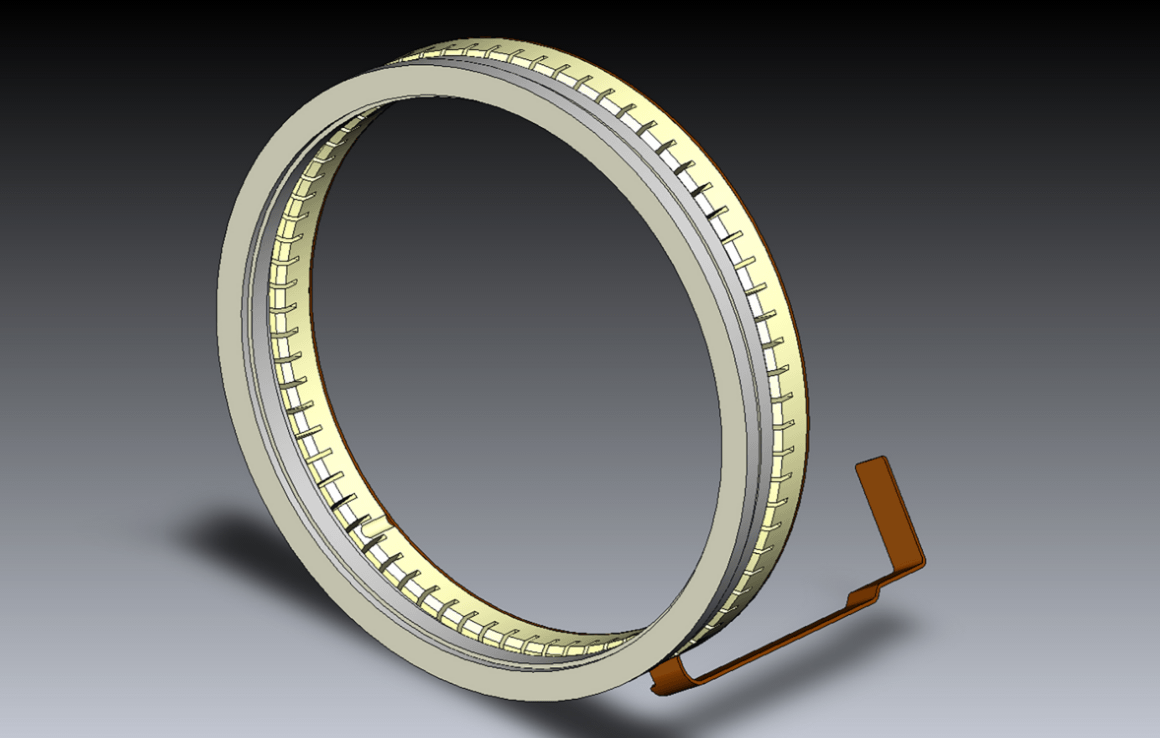

Minimum focusing distance of just 40cm
Sigma’s floating system adjusts the distance between lens groups during focusing, thereby reducing the amount of lens movement required. The result is less aberration at different shooting distances. Thanks to this system, this lens offers a minimum focusing distance of just 40 cm, a maximum magnification ratio of 1:5.6, and superb image quality at every shooting distance.
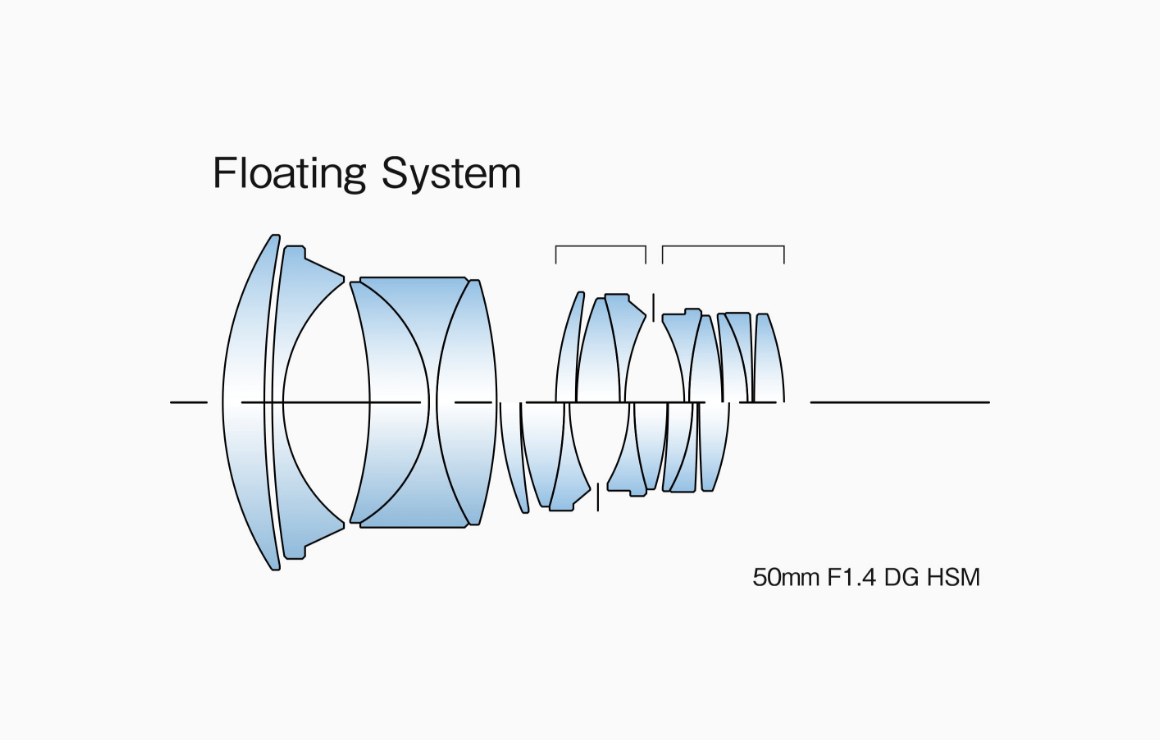

Rounded diaphragm
When photographing with point light sources such as electric lights or reflections on a body of water in the background, the rounded 9-blade diaphragm helps produce an attractive bokeh effect—even at large-aperture settings.
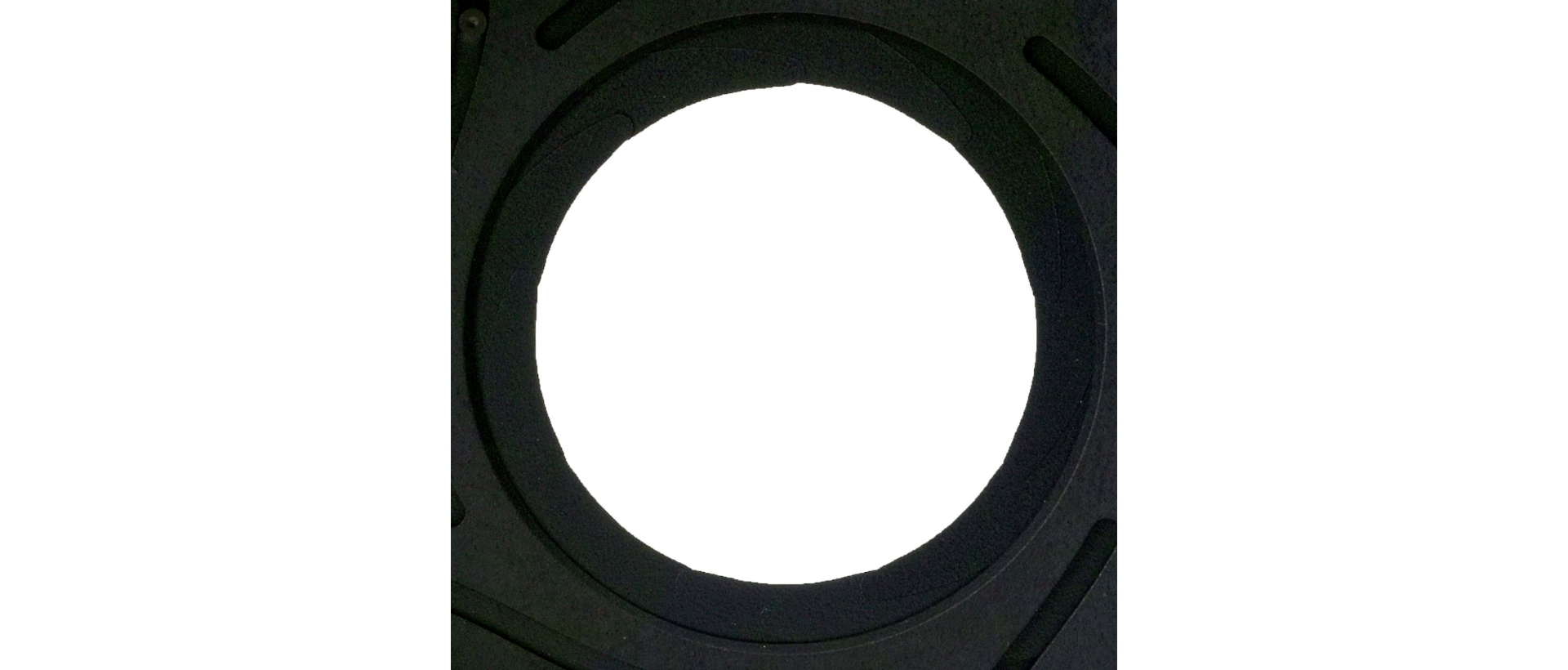

TSC (Thermally Stable Composite)
Conventionally it is considered essential to leverage the qualities of metal and polycarbonate in camera and lens layout design. A first for the industry, the barrel of the new series of Sigma lenses features a new
(*)TSC (Thermally Stable Composite) that offers minimal thermal shrinkage combined with exceptional hardness. It also offers 25% greater elasticity than polycarbonate. Since its thermal shrinkage is low, TSC matches well with metal parts, further contributing to the high-precision construction of the lens.
TSC (Thermally Stable Composite) is a type of polycarbonate with a thermal expansion rate similar to that of aluminum. It has high affinity to metal parts which contributes to high quality product manufacturing.
Flare and ghosting reduction
From an early stage in the lens design process, flare and ghosting have been measured to establish an optical design resistant to strong incident light sources such as backlighting. Sigma’s Super Multi-Layer Coating reduces flare and ghosting to help photographers produce sharp and high contrast images even in backlit conditions. The included lens hood can be attached to block out extraneous light, which can have a negative effect on rendering performance.


High-precision, rugged brass bayonet mount
The brass mount combines high precision with rugged construction. Its treated surfaces and enhanced strength contribute to the exceptional durability of the lens.
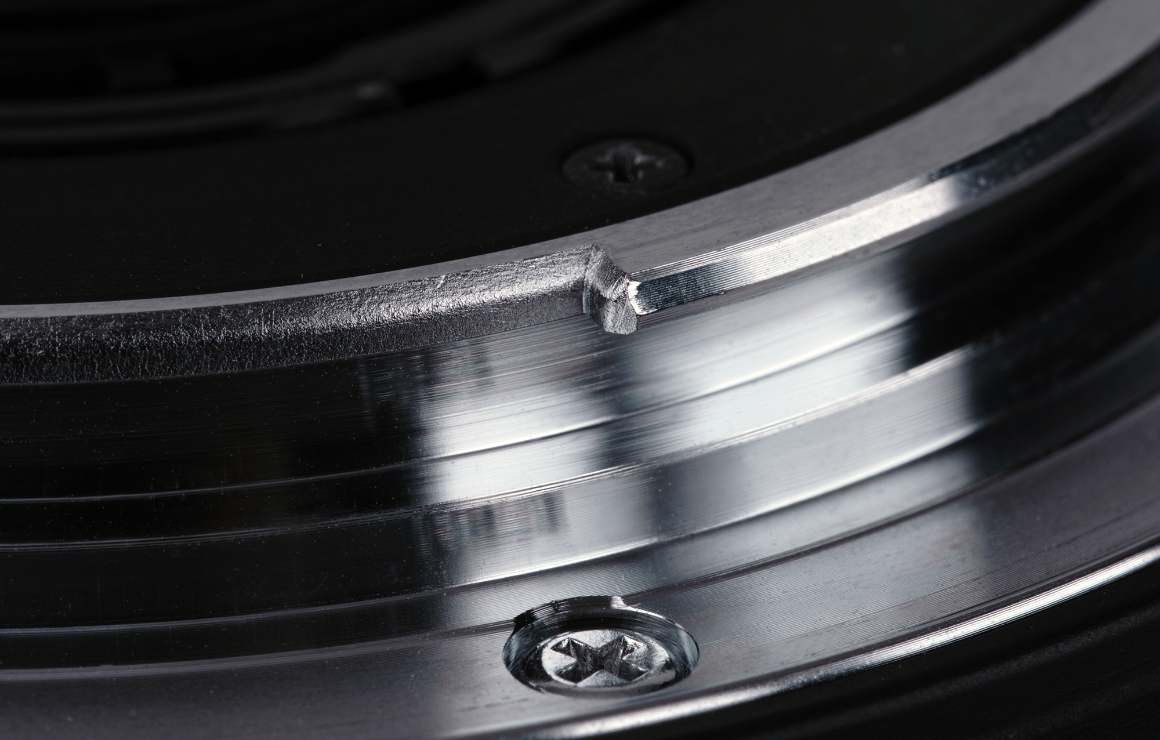

High-precision, rugged brass bayonet mount
The brass mount combines high precision with rugged construction. Its treated surfaces and enhanced strength contribute to the exceptional durability of the lens.
HSM (Hyper Sonic Motor)
The Hyper Sonic Motor (HSM) is an original SIGMA development that uses ultrasonic waves to drive the autofocus mechanism. Its extremely quiet operation helps avoid disturbing photographic subjects. High torque and speed assure rapid autofocus response. SIGMA uses two types of HSM: ring HSM and micro HSM. The Ring HSM configuration permits manual fine tuning of focus (manual override) by turning the focusing ring after autofocus is complete.
Rounded diaphragm
The polygonal shape of a conventional iris dia phragm causes out-of-focus light points to appear polygonal. A rounded diaphragm is designed to pro duce rounded out-of-focus light points when opened to near maximum aperture. This creates attractive bokeh effects in many situations, such as when pho tographing a subject against an out-of-focus surface of water from which light is being reflected.
Exclusive low-dispersion glass
The degree to which light is refracted by glass depends on the light's wavelength. This fact causes different colors of light to focus at slightly different points. The result is chromatic aberration, the color fringing that is particularly noticeable in telephoto lenses. Most chromatic aberration can be removed by combining a high-refractivity convex lens element with a low-refractivity concave element. Yet residual chromatic aberration known as "secondary spectrum" may still remain. To minimize this secondary spectrum, which can be a serious issue with conventional lenses, SIGMA lenses feature up to three types of exclusive low-dispersion glass offering superior performance: ELD (Extraordinary Low Dispersion), SLD (Special Low Dispersion) and FLD ("F" Low Dispersion). In particular, FLD glass offers ultra-low dispersion in combination with high transmittance and the anomalous dispersion characteristics of fluorite. Meticulous deployment of these types of exclusive low-dispersion glass and optimization of power distribution gives SIGMA lenses superlative image rendition undiminished by residual chromatic aberration.



